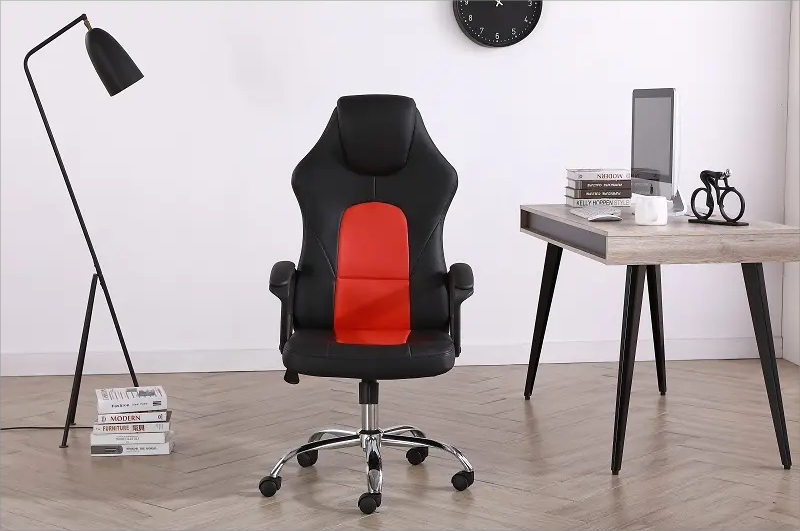In addition to the previously mentioned obese people, pregnant women and disabled people, there are some special groups of people in the design and function of office chairs have special needs, the following is a specific introduction:
Old people
Physical function characteristics: The elderly’s physical function declines, joint flexibility is poor, muscle strength is weakened, there may be osteoporosis and other problems, need more comfortable and stable support.
Office chair design needs
Suitable height: The height of the seat should be accurately adjusted to facilitate the elderly to find the right height, ensure that the feet can land smoothly, the knee and the hip remain at the same level, and reduce the pressure on the legs and waist.

Soft and comfortable: The use of soft and resilient materials, such as thick sponges or memory cotton, to form gentle support for the body and reduce the discomfort of body pressure points.
Armrest support: Equipped with wide, soft and height appropriate armrest, convenient for the elderly to get up or adjust the sitting position, reduce the burden on the arm and shoulder.
High stability: It has a stable base and low center of gravity design to prevent the chair from turning over or shaking, ensuring the safety of the elderly.
Children and adolescents
Physical function characteristics: children and adolescents are in the growth and development stage, bones and muscles are not mature, and incorrect sitting posture may affect physical development.
Office chair design needs
Growth design: Seat height, back height and depth can be adjusted as the child grows to ensure that the chair continues to provide appropriate support.
Good lumbar support: Set the right lumbar support to help the child maintain a correct sitting posture and prevent problems such as hunchback and scoliosis.
Color and fun: The use of bright colors and interesting shapes to increase children’s love for the seat and improve the use of enthusiasm.
Environmentally friendly materials: Use environmentally friendly, odorless materials to ensure the health of children.
People with waist and neck diseases
Physical characteristics: Patients with waist and neck diseases have fragile waist and neck, and need to avoid long-term pressure and maintain correct posture to alleviate the condition.
Office chair design needs
Accurate lumbar support: The back of the chair can be adjusted to provide accurate and powerful support and reduce lumbar pressure according to the patient’s lumbar curve and disease degree.
Good neck support: Equipped with adjustable head pillow to provide comfortable support for the neck, maintain the natural physiological curvature of the cervical spine, and relieve neck fatigue.
Material and Angle: Choose materials that can disperse pressure, such as ergonomic mesh or memory cotton; The chair back can be adjusted to a wide range of angles to facilitate patients to find a comfortable sitting and lying position.
People who are too tall or too short
Physical function characteristics: people who are too tall or too short, conventional office chairs can not meet their requirements for seat size and height, which may lead to uncomfortable sitting posture and easy fatigue.
Office chair design needs
Customized size: Provide oversized seats and higher backs for people who are too tall to ensure that all parts of the body can be fully supported; Design a reduced size seat for people who are too short, so that they can comfortably use it.
Wide range of adjustment: seat height, armrest height, seat depth and other adjustment range is larger, to meet the individual needs of extreme height people, so that they can find the right sitting position.
Post time: Feb-06-2025